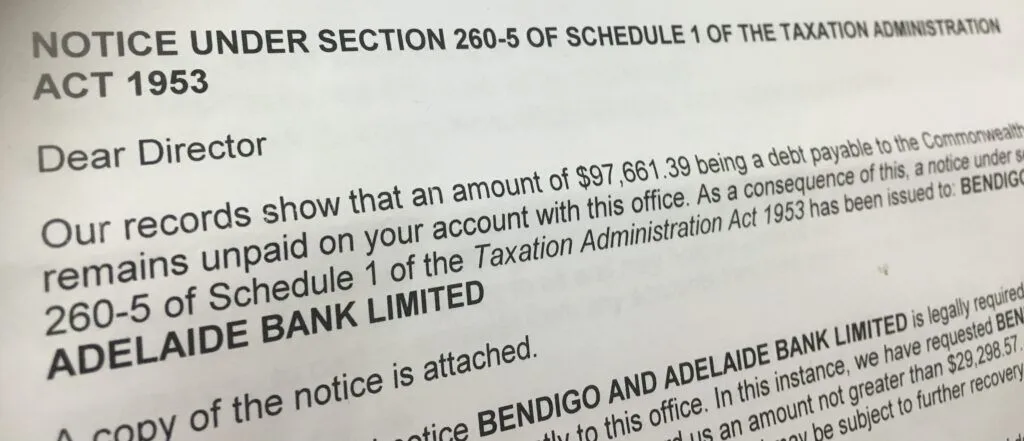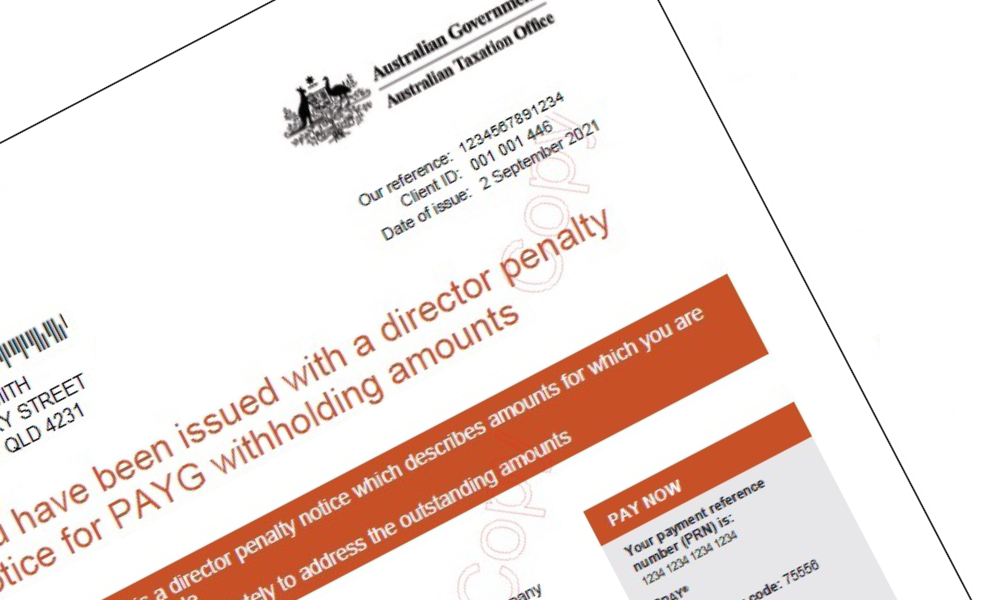What are the different types of insolvency and administration?
In times of financial distress, a company may face insolvency, and there are various approaches to address this situation, one of which is through the process of Administration. In this context, the company seeks the guidance and recommendations of an appointed administrator regarding its future. Administration can be either Voluntary or Involuntary, and while these processes share similarities, they differ in terms of initiation. This article aims to elucidate the concept of administration and the distinctions between Voluntary and Involuntary Administration.
What is Insolvency?
Insolvency denotes a phase of financial distress for a company, marked by its inability to meet its debts when they fall due. In simple terms, the company owes more money than it can generate.
Types of Insolvency
Insolvency can manifest in two ways:
- Cash-flow Insolvency: The company possesses the assets to meet its obligations but lacks the means to do so in the appropriate form.
- Balance-Sheet Insolvency: Total debts or liabilities exceed the company’s total assets, even though it might still be able to meet its upcoming obligations.
Insolvency doesn’t necessarily signal the end of the company; administration often follows, and when managed effectively, it can help the company recover from challenging circumstances.
What is Administration?
Companies resort to administration when they encounter insolvency or are on the brink of it. An independent individual, known as the administrator, assumes control of the company during this period. The administrator’s role encompasses an investigation into the company’s circumstances and offering recommendations for the way forward.
There are two primary forms of administration: voluntary administration and Involuntary administration.
The administrator provides recommendations that revolve around:
- Selling the company
- Winding up the company
- Restructuring the company
These recommendations depend on the outlook for the insolvent company’s future. Regardless of the path chosen, the administrator’s goal is to find a way to repay the company’s creditors.
Voluntary and Involuntary Administration are among the available corporate insolvency procedures.
Types of Administration
Voluntary Administration
Voluntary administration occurs when the company, which is insolvent, elects to appoint an administrator. This decision is made by the company’s directors. Crucially, in Voluntary Administration, it is the company itself that decides to initiate the process. During this phase, the administrator scrutinizes the financial records and assets of the company to determine its financial position and prospects.
Based on this analysis, the company decides on its future course of action. The administrator’s recommendations guide the company in resolving its debts, and if recovery is unfeasible, the company may opt for liquidation.
Directors can regain control through a Deed of Company Arrangement (DOCA). After receiving the administrator’s advice, the company makes the final decision on its path forward.
Involuntary Administration
Involuntary Administration shares similarities with the voluntary process but differs in terms of initiation. In this scenario, it is not the company’s choice to enter administration; instead, the company’s creditors instigate it.
Secured creditors file an application with the relevant court to have the insolvent company wound up. To succeed, creditors must demonstrate that the company has failed to comply with their demands for payments.
While the application is being considered, the court appoints an administrator, often selected by the creditors themselves. If the application is approved, a liquidator assumes control of the company. During this phase, the powers of the directors are substantially limited.
If liquidation is deemed necessary, a liquidator is appointed to maximize creditor repayment by managing the company’s assets. Once all assets are sold, the company undergoes liquidation.
Are you eligible for Small Business Restructuring?
If your business is under financial stress and suffering from tax debt, a Small Business Restructure may be a good solution.



